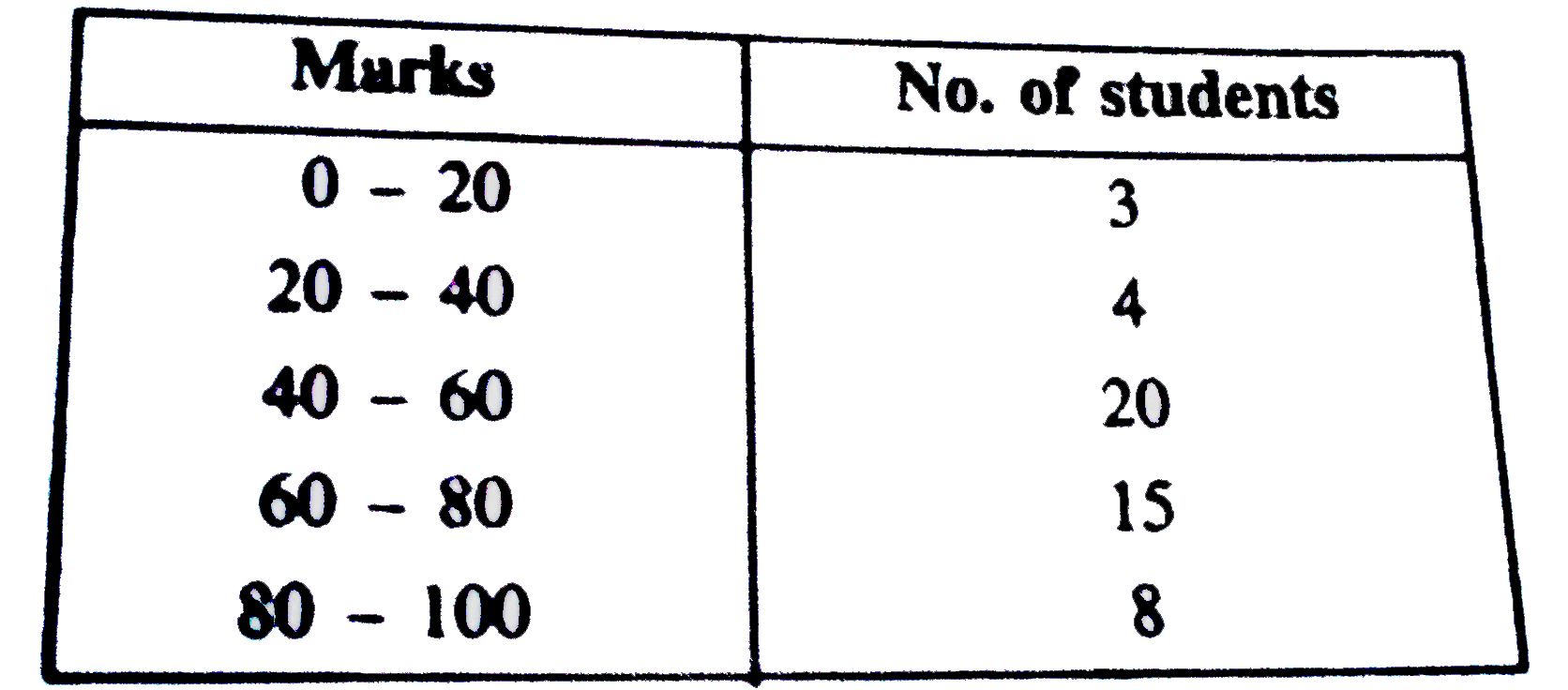In given thermodynamic process determine efficiency of cycle .

AB,EF,CD→ isothermal
η=Q1−Q2Q1=?
Determine efficiency of given cyclic process.
QDE=ΔU=f2nR(−100)
QAB=nR×500ln'VBVA
QCD=nR×400ln'VDVC
QEF=nR×300ln'VFVE
Q1=QnR×500ln'VBVA+nR×400ln'VDVC
Q2=f2AR×100+nR×300ln'VEVF
=VBVC=(TCTB)γ−1=(400500)γ−1,VAVF=(300500)γ−1
η=Q1−Q2Q1.
Topper's Solved these Questions
Similar Questions
Calculate Q1,Q2andQ3,

View SolutionThe efficiency of a heat engine is defined as the ratio of the mechanical work done by the engine in one cycle to the heat absorbed from the high temperature source . η=WQ1=Q1−Q2Q1 Cornot devised an ideal engine which is based on a reversible cycle of four operations in succession: isothermal expansion , adiabatic expansion. isothermal compression and adiabatic compression.
_E01_238_Q01.png)
For carnot cycle Q1T1=Q2T2. Thus η=Q1−Q2Q1=T1−T2T1 According to carnot theorem "No irreversible engine can have efficiency greater than carnot reversible engine working between same hot and cold reservoirs"._E01_238_Q02.png)
Efficiency of a carnot's cycle change from 16 to 13 when source temperature is raised by 100K. The temperature of the sink is-
View Solution
Knowledge Check
The efficiency of a heat engine is defined as the ratio of the mechanical work done by the engine in one cycle to the heat absorbed from the high temperature source . η=WQ1=Q1−Q2Q1 Cornot devised an ideal engine which is based on a reversible cycle of four operations in succession: isothermal expansion , adiabatic expansion. isothermal compression and adiabatic compression.
_E01_238_Q01.png)
For carnot cycle Q1T1=Q2T2. Thus η=Q1−Q2Q1=T1−T2T1 According to carnot theorem "No irreversible engine can have efficiency greater than carnot reversible engine working between same hot and cold reservoirs"._E01_238_Q02.png)
Efficiency of a carnot's cycle change from 16 to 13 when source temperature is raised by 100K. The temperature of the sink is-A10003KB5003KC250KD100KThe efficiency of a heat engine is defined as the ratio of the mechanical work done by the engine in one cycle to the heat absorbed from the high temperature source . η=WQ1=Q1−Q2Q1 Cornot devised an ideal engine which is based on a reversible cycle of four operations in succession: isothermal expansion , adiabatic expansion. isothermal compression and adiabatic compression.
_E01_237_Q01.png)
For carnot cycle Q1T1=Q2T2. Thus η=Q1−Q2Q1=T1−T2T1 According to carnot theorem "No irreversible engine can have efficiency greater than carnot reversible engine working between same hot and cold reservoirs"._E01_237_Q02.png)
An inventor claims to have developed an engine working between 600K and 300K capable of having an efficiency of 52%, then -AIt is impossibleBIt is possibleCIt is nearly possibleDData is insufficientThe efficiency of a heat engine is defined as the ratio of the mechanical work done by the engine in one cycle to the heat absorbed from the high temperature source . η=WQ1=Q1−Q2Q1 Cornot devised an ideal engine which is based on a reversible cycle of four operations in succession: isothermal expansion , adiabatic expansion. isothermal compression and adiabatic compression.
_E01_236_Q01.png)
For carnot cycle Q1T1=Q2T2. Thus η=Q1−Q2Q1=T1−T2T1 According to carnot theorem "No irreversible engine can have efficiency greater than carnot reversible engine working between same hot and cold reservoirs"._E01_236_Q02.png)
A carnot engine whose low temperature reservoir is at 7∘C has an efficiency of 50%. It is desired to increase the efficiency to 70%. By how many degrees should the temperature of the high temperature reservoir be increased?A273KB11203KC140KDNone of these
The efficiency of a heat engine is defined as the ratio of the mechanical work done by the engine in one cycle to the heat absorbed from the high temperature source . η=WQ1=Q1−Q2Q1 Cornot devised an ideal engine which is based on a reversible cycle of four operations in succession: isothermal expansion , adiabatic expansion. isothermal compression and adiabatic compression.
_E01_236_Q01.png)
For carnot cycle Q1T1=Q2T2. Thus η=Q1−Q2Q1=T1−T2T1 According to carnot theorem "No irreversible engine can have efficiency greater than carnot reversible engine working between same hot and cold reservoirs"._E01_236_Q02.png)
A carnot engine whose low temperature reservoir is at 7∘C has an efficiency of 50%. It is desired to increase the efficiency to 70%. By how many degrees should the temperature of the high temperature reservoir be increased?
View SolutionChoose the most appropriate option.
An ideal gas is taken through a cyclic thermodynamical process through four steps. The amounts of heat involved in these steps are Q1=5960J,Q2=−5585J,Q3=−2980JandQA=3645J, respectively. The value of W4 is
View SolutionCarnot engine is an ideal heat engine, which converts heat energy into mechanical energy. Efficiency of Carnot engine is given by η=1−(T2/T1), where T1 is temperature of source and T1, is temperature of sink. If Q1 is the amount of heat absorbed/cycle from the source, Q2 is the amount of heat rejected/cycle to the sink and W is the amount of useful work done/cycle, then
W=Q1−Q2andQ2Q1=T2T1
At what temperature should the sink be maintained to increase the efficiency by 10%? if source and sink temperature respectively 227 and 127
View SolutionCarnot engine is an ideal heat engine, which converts heat energy into mechanical energy. Efficiency of Carnot engine is given by η=1−(T2/T1), where T1 is temperature of source and T1, is temperature of sink. If Q1 is the amount of heat absorbed/cycle from the source, Q2 is the amount of heat rejected/cycle to the sink and W is the amount of useful work done/cycle, then
W=Q1−Q2andQ2Q1=T2T1
Efficiency of the engine in the above question is .if source and sink temperature respectively 227 and 127 .
View SolutionCarnot engine is an ideal heat engine, which converts heat energy into mechanical energy. Efficiency of Carnot engine is given by η=1−(T2/T1), where T1 is temperature of source and T1, is temperature of sink. If Q1 is the amount of heat absorbed/cycle from the source, Q2 is the amount of heat rejected/cycle to the sink and W is the amount of useful work done/cycle, then
W=Q1−Q2andQ2Q1=T2T1
Work done/cycle by the engine in the above question is. if source and sink temperature respectively 227 and 127 . heat absorbed by engine is given 6 .
View Solution
